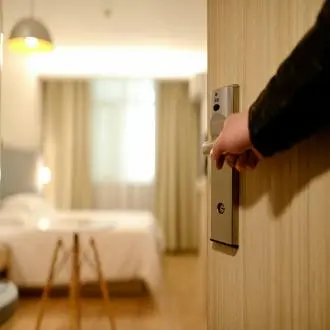Transcription communicationtechniquesandrulesofconductinresponsetocustomerrequests
Communication is the vehicle through which the service is provided.
Effective communication, which correctly combines verbal and non-verbal language, is essential to understand and satisfy the needs of the client, as well as to project an image of professionalism and courtesy.
Fundamentals of the Communication Process
Communication is a bilateral process between a sender and a receiver who use a common code to exchange a message through a channel.
To be effective, it must be precise, clear and two-way.
It is made up of three factors: verbal (the content of the conversation), paralinguistic (tone, volume and speed of the voice) and non-verbal (facial expression, gaze and gestures), which enhance or qualify the message.
Non-verbal communication, often called "body language", is especially powerful and acts as a regulator of the process.
The Importance of Feedback in Listening Active
Feedback is the information that the sender gathers through the receiver's reaction, allowing them to check whether their message has been understood correctly.
It is a fundamental communication skill for overcoming barriers such as lack of attention or misinterpretation.
There are several types of feedback:
- Positive: This occurs when the other person's action or message is affirmed or approved. For example, if a customer requests a change of towels, the waitress nods, apologizes, and assures the customer that she will do so as soon as possible, confirming that she has received and accepted the request.
- Constructive: This seeks to teach or guide them toward improvement. For example, a customer who suggests to the waitress that she replace the missing shampoo, but does so in a friendly manner and acknowledging that the rest of the service was good, is offering constructive feedback.
- Negative: This is direct criticism that can be harmful and generate low self-esteem in the recipient, so it should be avoided.
- Absence of feedback: This occurs when no response is given, which generates confusion in the sender. For example, if a waitress ignores a customer's request in the hallway, the customer will know if their message has been received.
General Rules of Conduct and Proxemics
Housekeeping staff should follow basic rules of courtesy at all times, such as greeting customers they pass in common areas.
It is also important to understand the concept of proxemics or personal space.
There is a distinction between an intimate zone (up to 50
communication techniques and rules of conduct in response to customer requests




